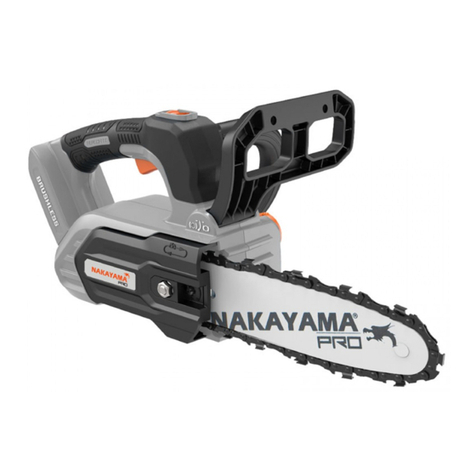Nakayama PC3000 User manual
Other Nakayama Chainsaw manuals

Nakayama
Nakayama Pro EC1550 User manual
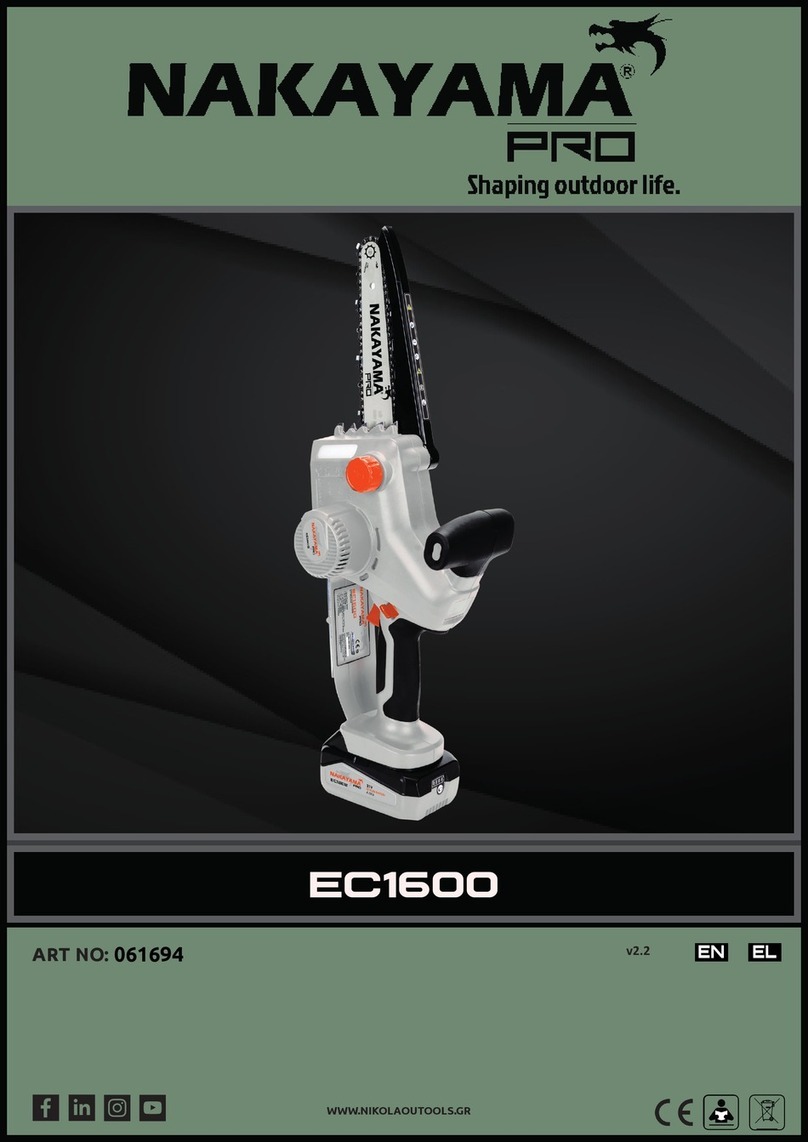
Nakayama
Nakayama EC1600 User manual
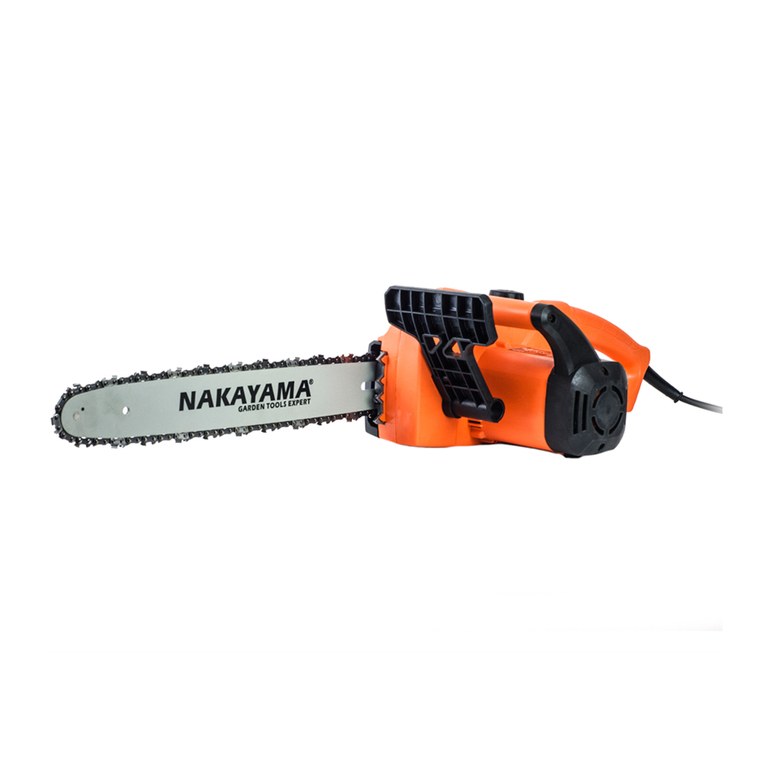
Nakayama
Nakayama EC2040 User manual
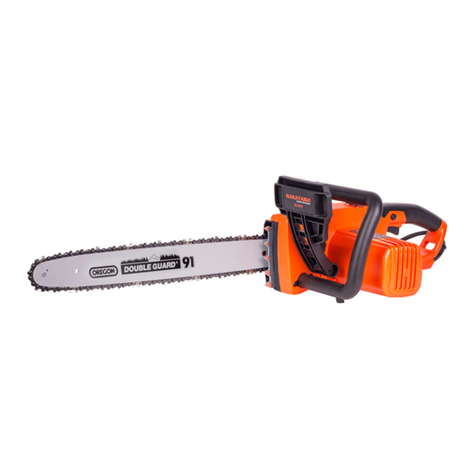
Nakayama
Nakayama EC2345 User manual
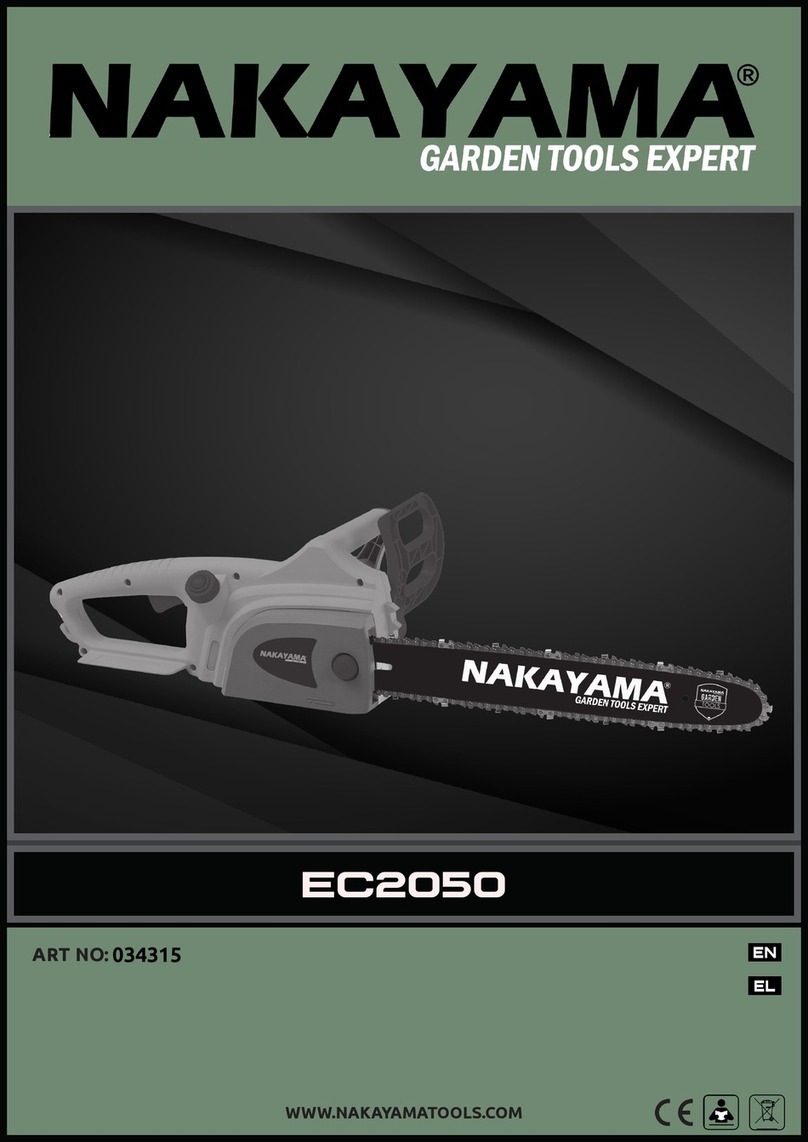
Nakayama
Nakayama EC2050 User manual
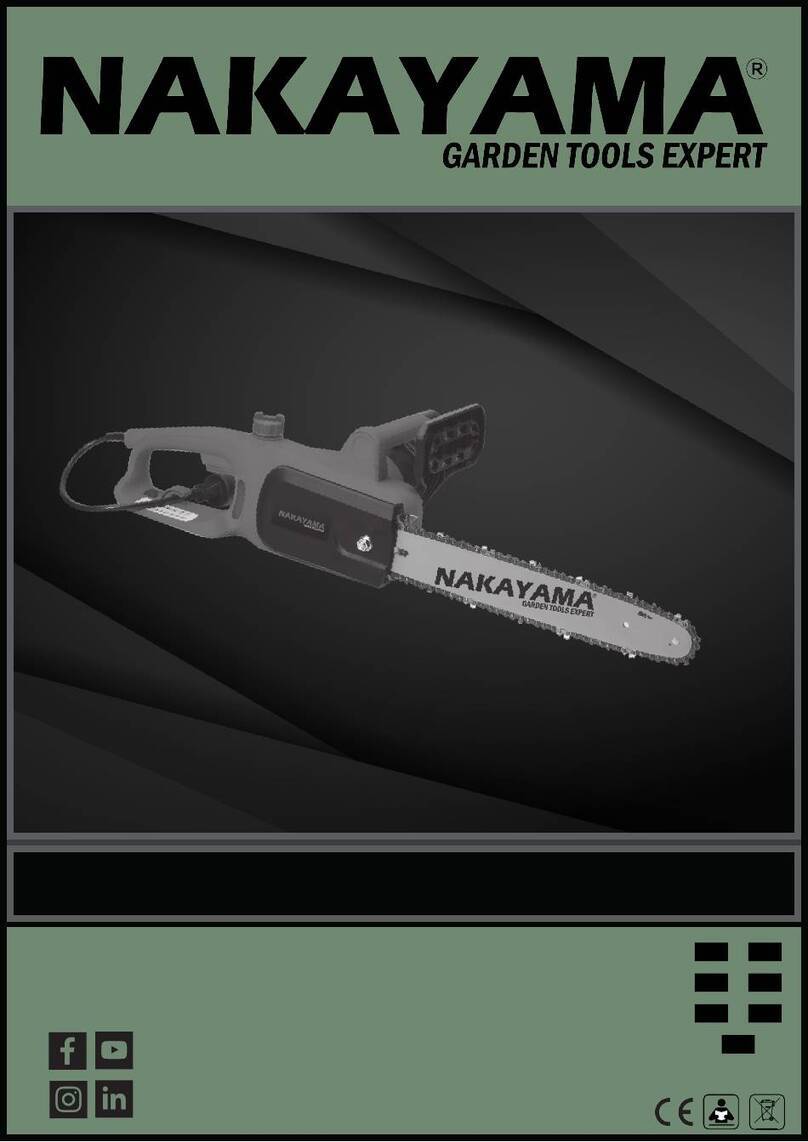
Nakayama
Nakayama EC2035 User manual
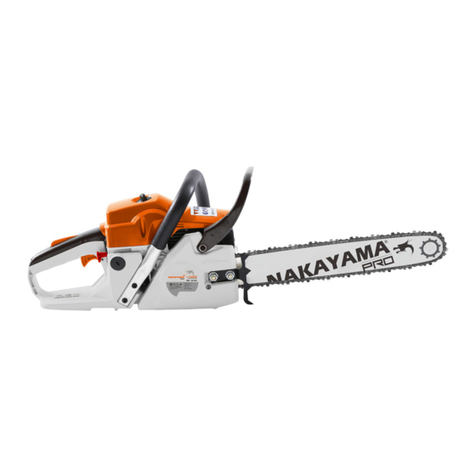
Nakayama
Nakayama PRO PC4100 User manual
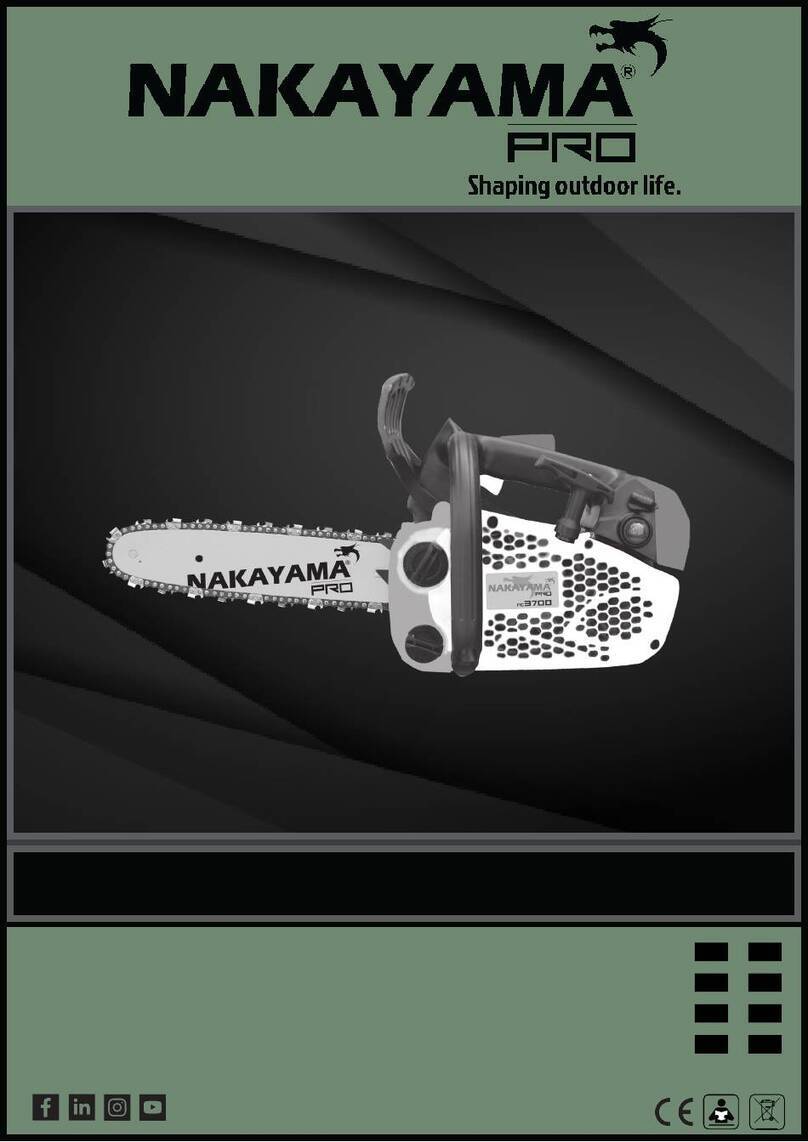
Nakayama
Nakayama PRO PC3700 User manual
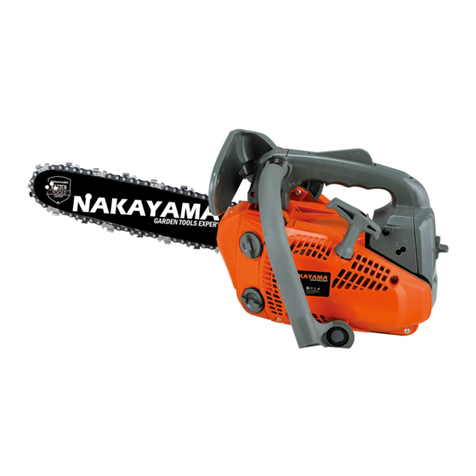
Nakayama
Nakayama PC3100 User manual

Nakayama
Nakayama PRO PC3600 User manual

